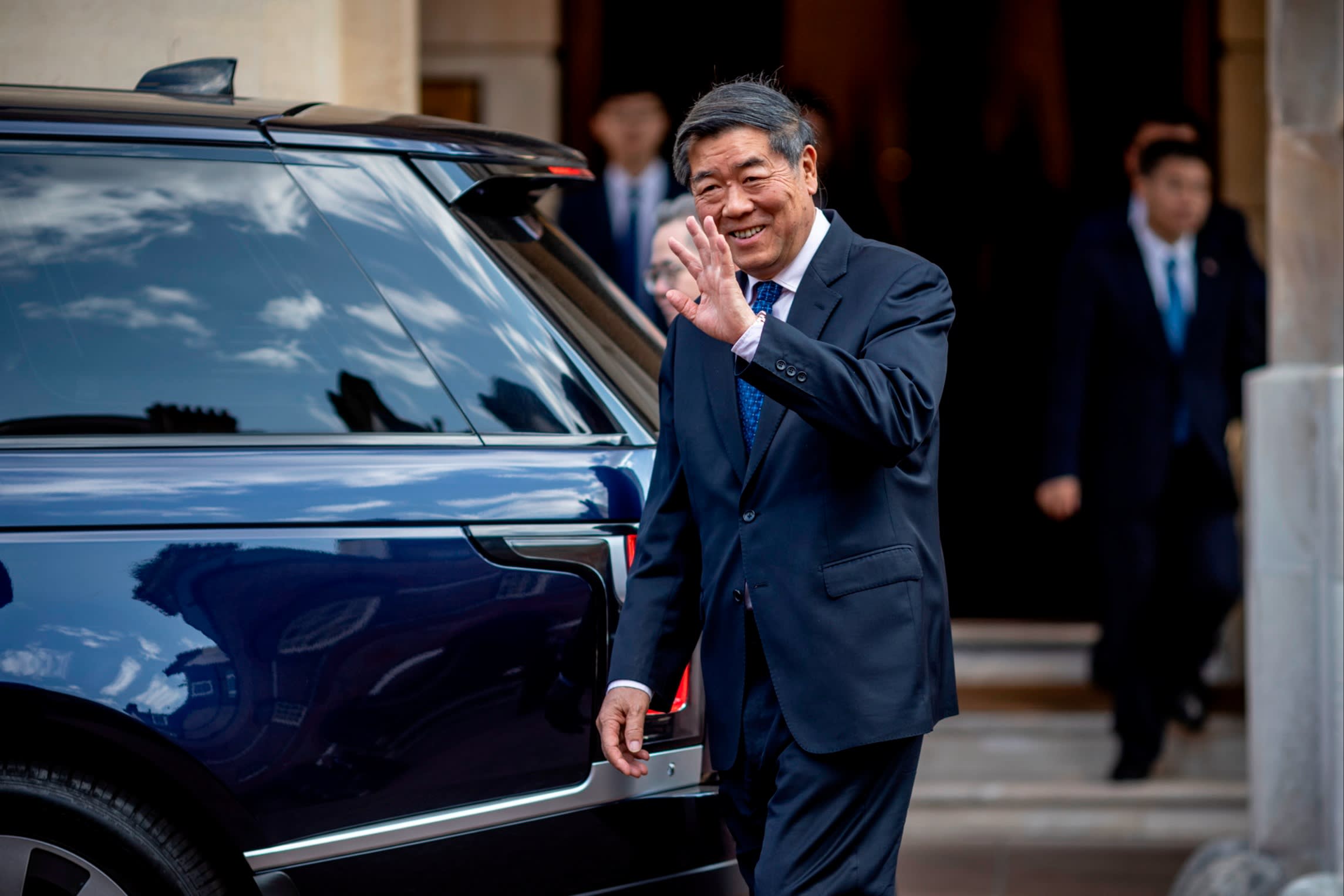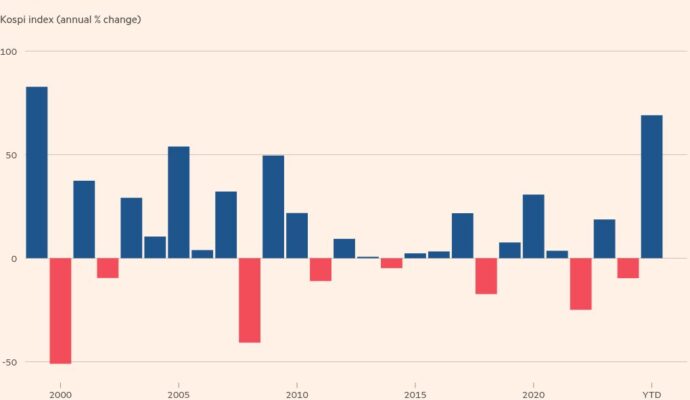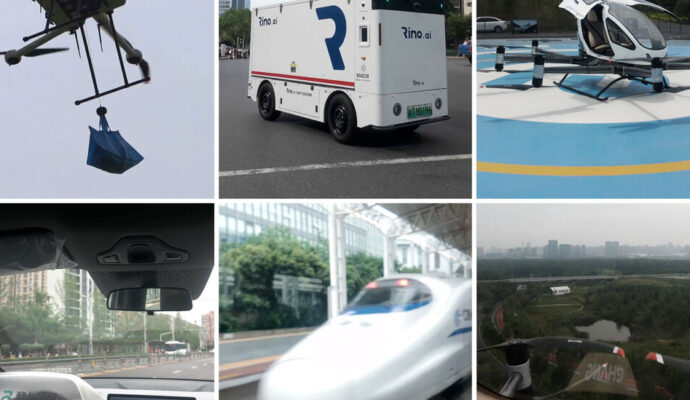Unlock the Editor’s Digest for free
Roula Khalaf, Editor of the FT, selects her favourite stories in this weekly newsletter.
Donald Trump has said the US and China’s deal to restore their trade war truce is “done” after two days of marathon negotiations in London.
In a post on his Truth Social network on Wednesday the US president hailed a breakthrough reached in bilateral talks in London late the night before.
The deal revived a trade truce agreed in Geneva last month that subsequently faltered because of differences over Chinese rare earth exports and US export controls.
“OUR DEAL WITH CHINA IS DONE, SUBJECT TO FINAL APPROVAL WITH PRESIDENT XI [Jinping] AND ME,” Trump said, adding that the agreement would lead to China supplying rare earths “up front”.
He said that the US would meet its commitments, including “Chinese students using our colleges and universities”, but made no mention of export controls on chips.
A senior White House official indicated earlier in the week that Trump could ease restrictions on selling chips to China if Beijing agreed to speed up the export of rare earths.
That would amount to a significant policy shift from former president Joe Biden’s administration, which implemented what it called a “small yard, high fence” approach to restrict Beijing’s ability to obtain US technology that could be used to help its military.
Li Chenggang, China’s vice-minister of commerce, described the London talks as “rational, in-depth and candid”, and said the sides had agreed to implement the consensus reached in Geneva and in a phone call between Trump and Xi last week, according to state news agency Xinhua.
He expressed hope that the progress made in London “will be conducive to strengthening trust between China and the United States”.
China’s CSI 300 index of Shanghai- and Shenzhen-listed stocks closed up 0.8 per cent on Wednesday. Futures tracking the S&P 500 were up 0.4 per cent.
Both countries agreed in Geneva last month to slash their respective tariffs by 115 percentage points and provided a 90-day window to resolve the trade war.
But the ceasefire came under pressure after Washington accused Beijing of reneging on an agreement to speed up the export of rare earths, while China criticised new US export controls.
This week’s talks to resolve the impasse were held in the historic Lancaster House mansion in central London, a short walk from Buckingham Palace, which was provided by the British government as a neutral ground for the talks.
Over the two days, the US team included Treasury secretary Scott Bessent, commerce secretary Howard Lutnick and US trade representative Jamieson Greer, while the Chinese delegation was led by He Lifeng, a vice-premier responsible for the economy.

The negotiations were launched to ensure Chinese exports of rare earths to the US and American technology export controls on China did not derail broader talks between the sides.
Ahead of the first round of talks in Geneva, Bessent had warned that the high level of mutual tariffs had amounted to an effective embargo on bilateral trade.
Chinese exports to the US fell more steeply in May compared with a year earlier than at any point since the pandemic in 2020.
The US had said China was not honouring its pledge in Geneva to ease restrictions on rare earths exports, which are critical to the defence, car and tech industries, and was dragging its feet over approving licences for shipments, affecting manufacturing supply chains in the US and Europe.
Beijing has accused the US of “seriously violating” the Geneva agreement after it announced new restrictions on sales of chip design software to Chinese companies.
It has also objected to the US issuing new warnings on the global use of Huawei chips, and cancelling visas for Chinese students.
Separately, a US federal appeals court on Tuesday allowed some of Trump’s broadest tariffs to remain while it reviews a lower-court ruling that had blocked his “liberation day” levies on US trading partners.
The ruling extended an earlier, temporary reprieve, and will allow Trump to enact the measures as well as separate levies targeting Mexico, Canada and China. The president has, however, already paused the wider “reciprocal” tariffs for 90 days.


